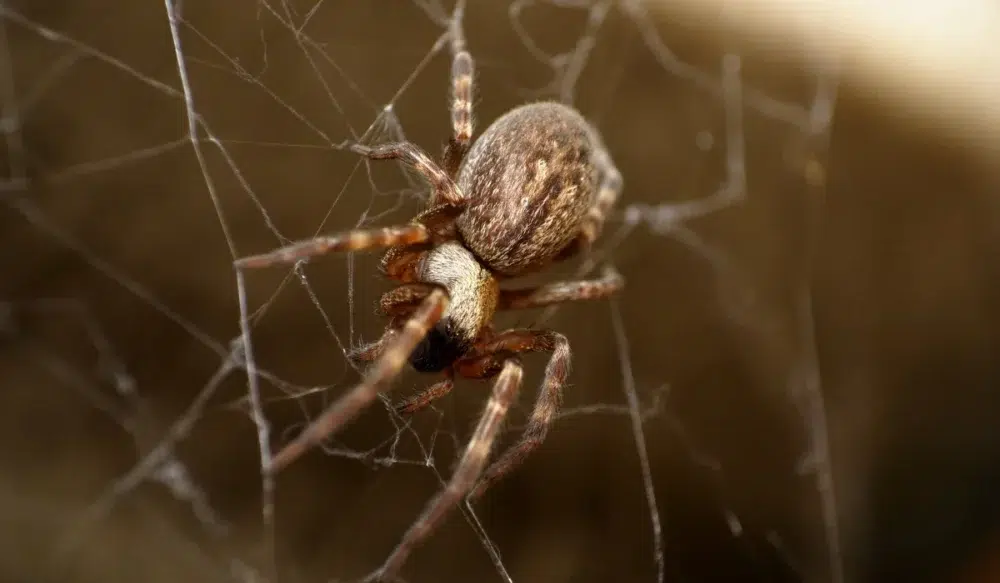Is your home in Tucson at risk from termites? With the warm climate in southern Arizona, these pests find the region an ideal home. Termites in Tucson can cause damage to homes if they’re not identified early and managed properly. Read on to understand how these tiny invaders can impact your property and the steps you can take to protect your investment.
Key Takeaways
- Tucson homeowners deal with subterranean and drywood termites that cause serious structural damage.
- Subterranean termites build protective mud tubes, while drywood termites live in wood and create large galleries.
- Common signs of termite infestations include mud tubes, hollow wood, discarded wings, and frass.
- Professional termite treatment is needed for long-term control, and prevention involves inspections, moisture control, and clearing wood debris.
Common Types of Termites in Tucson
Tucson faces challenges from both subterranean and drywood termites. These termite species cause significant damage, feeding on wood in homes and causing structural issues. Their behaviors and signs of infestation differ, making it crucial to recognize their unique traits.
Subterranean Termites

Subterranean termites are prevalent in Tucson and thrive in moist environments. They build large termite colonies underground and can number in the thousands. These termites construct mud tubes to travel from their nests to food sources, which protect them from predators and preserve moisture.
| Physical Features | Description |
|---|---|
| Color | Pale cream to dark brown or black |
| Size | At least 1/8 inch |
| Body Shape | Long, narrow, and segmented body |
| Antennae | Straight, beaded appearance |
| Wings | Equal size wings, longer than the body |
| Head Shape | Rectangular in soldiers, rounded in workers |
| Mandibles | Large, powerful, used for defense |
| Eyes | Small or absent in workers and soldiers |
Drywood Termites

Drywood termites differ from their subterranean counterparts by living in wood rather than underground. These termites do not need as much moisture, allowing them to infest wood directly. They form smaller colonies containing a few thousand insects. Unlike the other species, they carve out extensive galleries in wood.
| Physical Features | Description |
|---|---|
| Color | Light brown to dark brown |
| Size | 3/8 inch to 1/2 inch |
| Body Shape | Cylindrical and robust |
| Antennae | Straight, with a beaded appearance |
| Wings | Equal size wings, typically clear or translucent |
| Head Shape | Broad and rectangular in soldiers |
| Mandibles | Prominent, used for defense |
| Eyes | Well-developed in reproductives |
Why Termites in Tucson Are a Problem
Termites in Tucson can pose pest problems year-round. As they consume cellulose found in wood, they cause severe weakening of the structures they inhabit. Buildings made with timber can suffer greatly, jeopardizing their integrity.
Often, termite damage is not covered by insurance, leaving property owners with hefty repair costs. The financial burden adds stress and unexpected expenses. Early identification of infestations can help reduce these costs.
Tucson’s residential areas have plenty of cellulose. These pests feed on dead plant material, decaying wood, and even paper. The easy access to these food sources allows termite populations to grow rapidly.
Signs of Termites in Tucson Homes
Termite issues can cause structural damage to homes, and Tucson is no exception. Recognizing the signs of these pests is crucial for homeowners.
Here are some warning signs of a termite infestation and how to spot them:
| Signs of Termite Activity | How to Spot It |
|---|---|
| Mud Tubes | Look for earthen tunnels along walls or beams. |
| Wood Damage | Check for hollow-sounding wood and blisters. |
| Swarmers | Notice flying termites around windowsills. |
| Discarded Wings | Find wings near windowsills or door frames. |
| Frass | Spot tiny, wood-like pellets near baseboards. |
Best Practices for Tucson Termite Control
Termite Treatment
Some homeowners might initially attempt DIY termite solutions, such as applying store-bought products. While these methods can provide short-term relief for termite problems, they often fail to address severe infestations effectively.
Professional treatment begins with a thorough termite inspection to assess the severity of the issue. This initial step is crucial for developing a tailored treatment plan. Such plans typically involve applying strong products or installing baiting systems around the property.
For more localized infestations, professional baiting systems use slow-acting toxins designed to get rid of entire colonies over time. Then, they usually recommend regular follow-up visits to track and adjust the treatment backed by warranties.
Termite Prevention
While professional pest control services provide the most comprehensive termite prevention, there are several proactive steps you can take on your own.
- Regularly inspecting the property, especially wooden structures, for mud tubes or signs of damaged wood is essential for catching potential issues early.
- Reducing moisture near the home’s foundation by fixing leaks and ensuring proper drainage helps create a less appealing environment for termites.
- Removing wood debris and storing firewood away from the house can limit access to potential food sources.
Pest management companies in Tucson offer ongoing contracts for routine prevention measures, such as bi-annual inspections or preventive treatments. For a comprehensive home defense, these plans can also cover other pests, such as bed bugs, scorpions, and roaches.
Is It Time to Call a Pest Control Company in Tucson?
Spotting termites in your home can be alarming. Sometimes, it’s hard to know when a situation is truly out of hand. For peace of mind, having a pest control expert inspect your Tucson property is wise.
At Green Home Pest Control, our team of termite exterminators specializes in safe pest management for infestations. If you see signs of these pests in your Tucson home, we’re here to help bring safety and peace of mind.
For more information, call our phone number to get a free quote.



